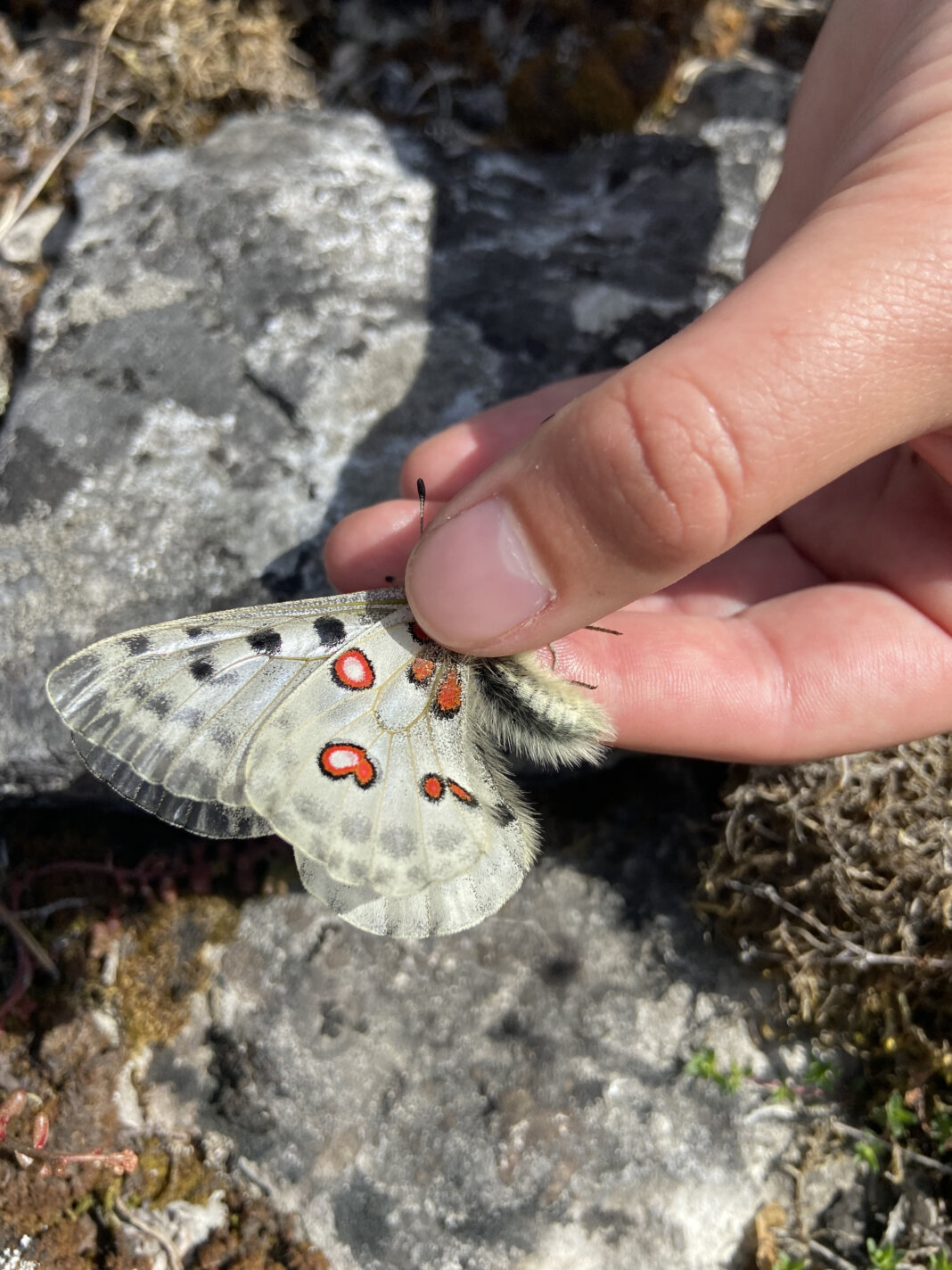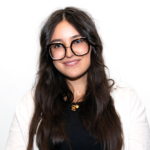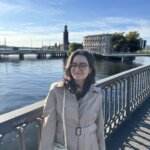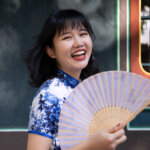January 23, 2023
How much work is a 1y Thesis really?
Hello again dear readers,
today I thought it would be a good opportunity to give you a little update on my final year project, as I have been working on it for a few months now and some of you may also want to spend a year working on your final year project if your degree programme allows it. As some of you may know, I am a second year student on the Ecology and Sustainable Development course, and my second year consists entirely of my final project.
You may be wondering, as I have too, what my weeks look like at the moment and what kind of work goes into a year-long final project. So let’s break this down roughly into 3 phases, from when I started in May to now in January when I’m writing this blog for you.
Phase 1: My thesis actually started in the first year. We had a presentation from several professors who were involved in projects at the time, who offered places for a master’s thesis research project, which we could then apply for if something seemed interesting, or we were also allowed to propose our own ideas. We were presented with many projects and I have to say, many of them sounded super interesting and there was something for everyone in my class to research, which was great! That’s also how I ended up with my final project, which I knew I wanted to work on from the beginning – and luckily it worked out! Immediately after this presentation, I contacted my current supervisor and expressed my interest in the project. This project offered two places and after a few meetings and conversations, my friend and I got the spots, which we were very happy about.
After my last course in the second semester, I would have had about four weeks to work on my project plan before starting my six-week internship – but for my final thesis I wanted to research the Apollo butterfly on the Swedish island of Gotland, so I was pressed for time. The butterflies’ larvae hatch already in mid-May, so I had to start my internship two weeks earlier in order to make it to Gotland in time. I have to admit that it didn’t help that I went on a week-long Norway road trip with my friends before my internship, but I had to manage somehow 😀 So I ended up doing intensive research for my project plan for a week and then wrote it during my internship on Öland, during which I also had some zoom meetings with my professor and got feedback from my examiner. The whole process was also made easier for me by the fact that I could always discuss with my friend who would be going to Gotland with me. She was studying a different species of butterfly, but many of our questions were similar and it was great to have someone to discuss any uncertainties with!
Phase 2: Immediately after my internship, I set off from one island to another and met up with my friend to travel to Gotland in mid-May and start my fieldwork for data collection. My thesis was done in collaboration with one of Sweden’s largest environmental consultancies, Calluna, who were studying the butterflies for their own questions (for several years), which mainly revolved around the expansion of a quarry on Gotland. My research question had nothing to do with that, but rather with whether it would be possible to restore the species’ habitats and habitat quality preferences. But as there was a whole team from Calluna studying the same species and habitats, it was a great collaboration where I also helped to collect data for their studies, and in return I had access to all the datasets from them, and I also got the time to do some more specific data collection just for my project and my friends’ project where we worked together. The fact that this was such a collaborative experience was super cool. It was really exciting to me to get all of this field work experience, and also seeing how plans that should have worked on paper (aka. my project plan) where not actually feasible in field and had to be adapted.
This was really such a cool time for me, also living together with all people from the team and getting really close in this time period was truly an incredible experience, and allowed me to make some really awesome friends along the way :).
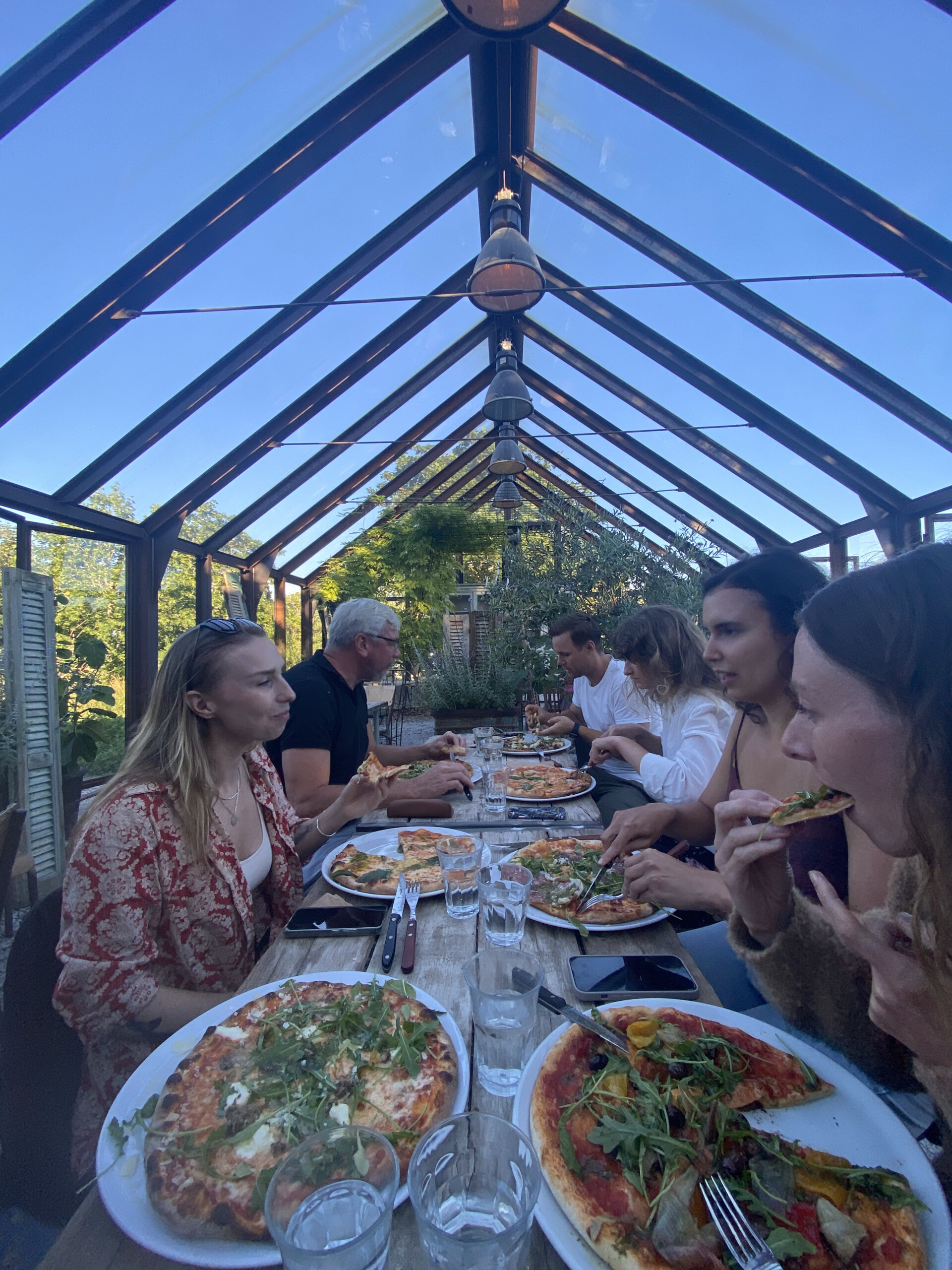

However, this was a TON of work !!! We were out collecting data every day, 7 days a week and up to 10 hours a day. Working in the field is not a glamorous experience either 😀 Catching butterflies is fun until you walk 30,000 steps every day for a month without a day off, lol. I want to make sure I’m realistic when I talk to you about this, and don’t create false expectations. We spent almost 3 months on the island, and days off were few and far between. I also lived with all the people I worked with, so you were never really on your own – except in the field, because then everyone was sent off on their own to brace the forest with a net and a tonne of water – what a way to get fit 😀 So that was a super intense phase of my project, which I’m sure isn’t the same for every project, but if you’re in the field of biology and want to collect data rather than do theoretical work, then you can be sure you’ll spend many hours outside.
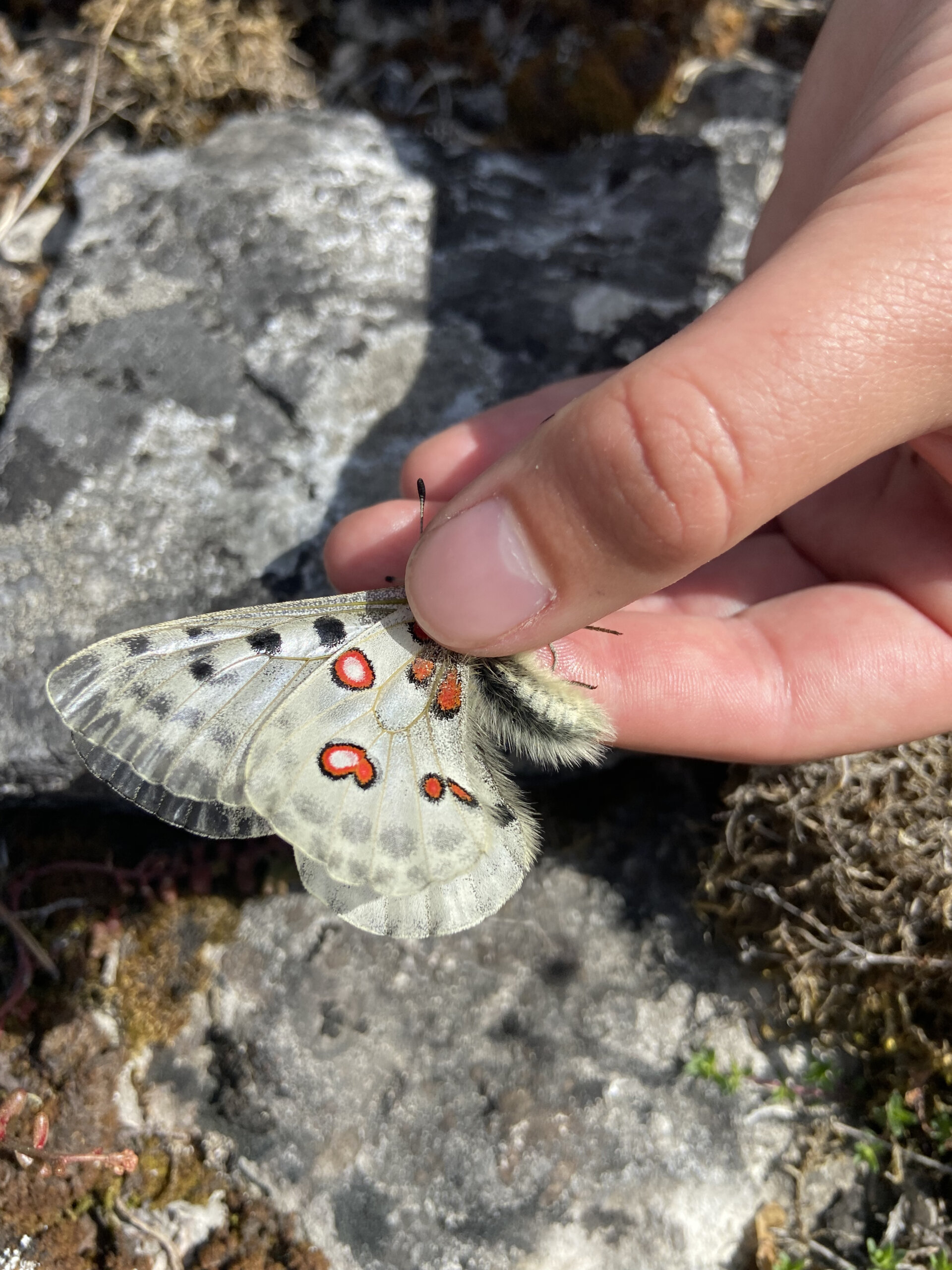
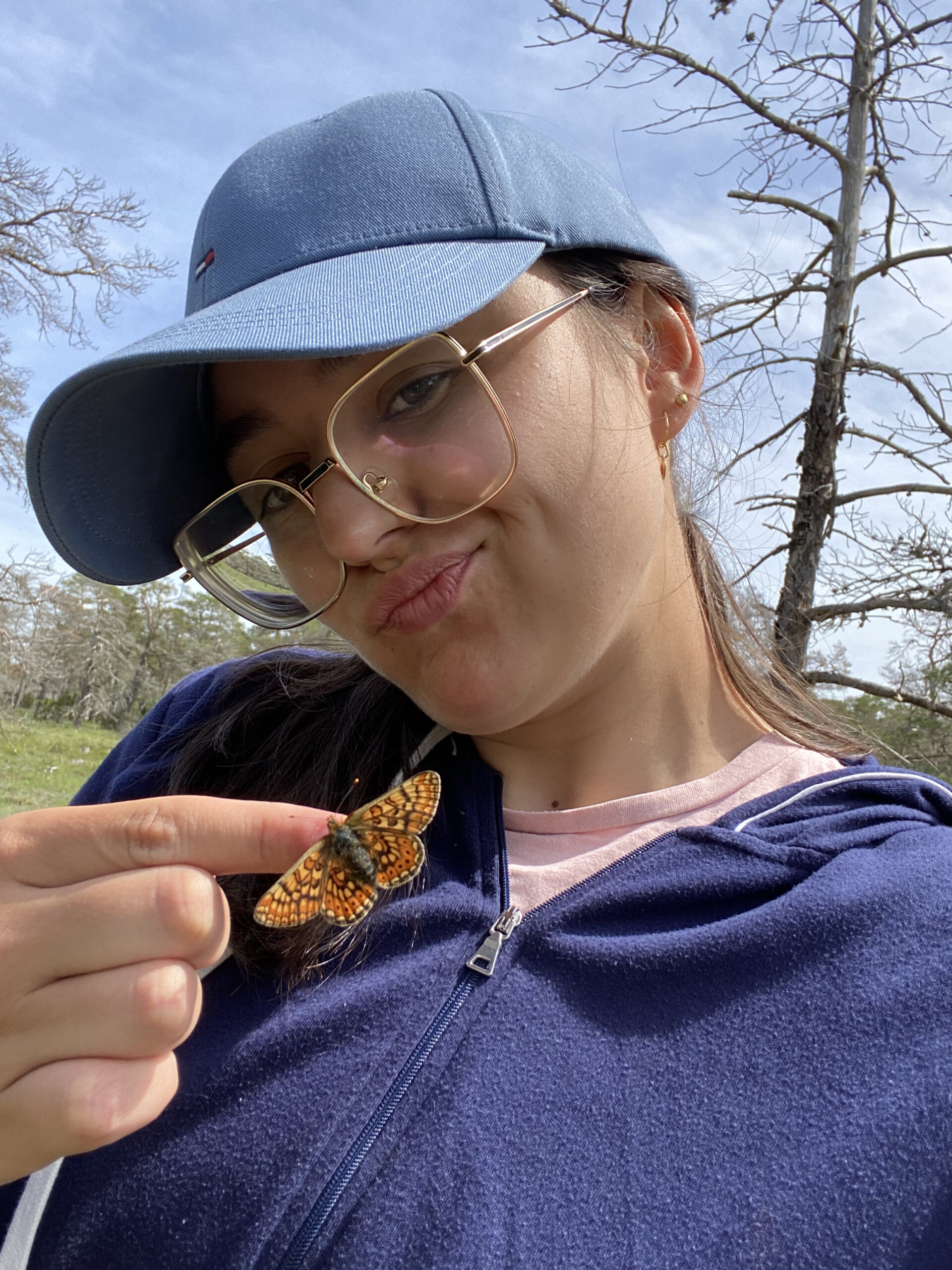
Phase 3: After the fieldwork, I took a few days off to return to Italy, visit my family and relax, which I desperately needed at the end of the field season. In the first week of September, my friend and I returned to the island for another week to search for larval nests of her study species, and then we returned to Linköping to process our data. It was all a bit slow in the beginning because we were waiting for our data sets. We wrote many emails and used the time to familiarise ourselves with ArcGIS, a programme we knew we would need later. Then we started cleaning our data and analysing it in R Studio. At that point we also started meeting weekly with our supervisor and we’ve been doing that ever since. It’s been a lot of independent work and most days, or pretty much all days, I’m now working on the computer and missing fieldwork – which I never thought I’d be saying at the end of the fieldwork season 😀 Although data analysis can be fun, some days are certainly frustrating and I feel like it’s going so very, very slowly. Now with the early darkness, I’m also struggling to stick to my usual working hours as I start to get tired around 3pm!
I hope it was helpful and interesting to take a look behind the scenes of my thesis. I will definitely do a second part to show you the rest of the stages. I hope you’re doing well and I’ll be back in touch soon, stay healthy & take your Vitamin D – //M.
____________________________________________________________________________________________________
Why not continue the conversation with us?
Start with checking out:Our programmes, the application process, webinars, and our Instagram and Facebook account.
Still left wanting more?
Book an appointment with our recruitment coordinator at infocenter@liu.se.
